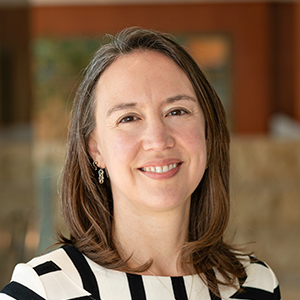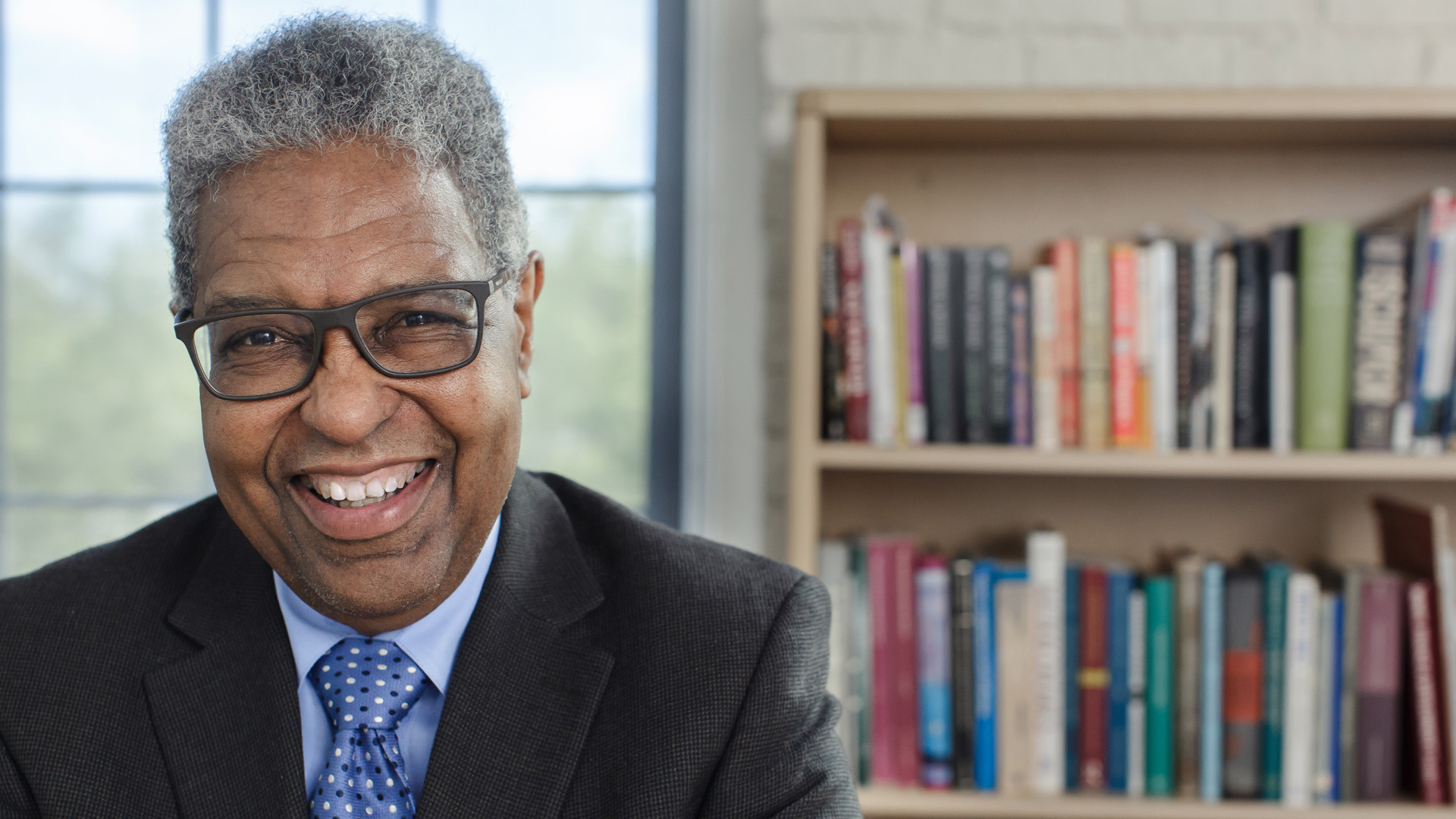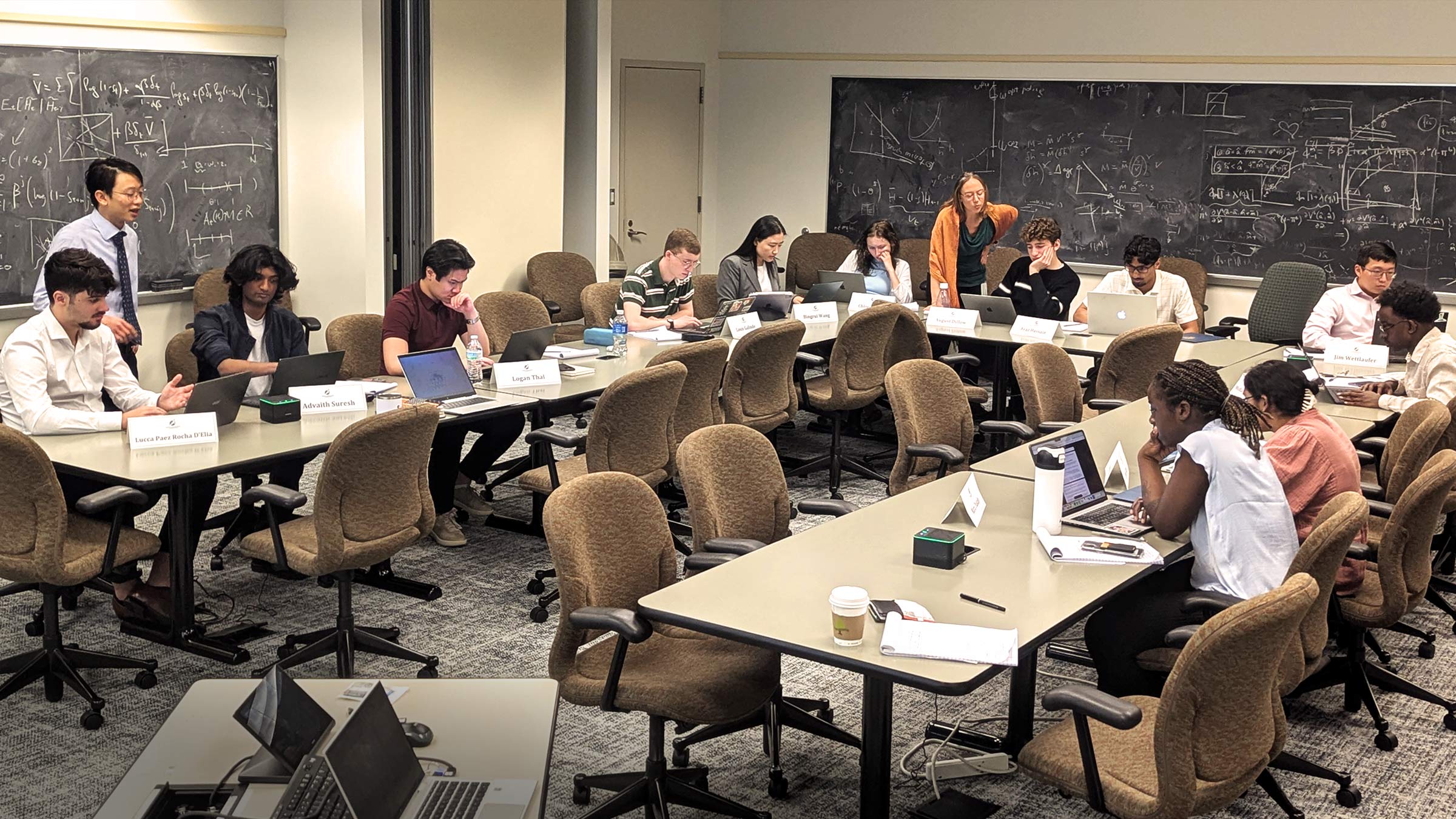The Opportunity & Inclusive Growth Institute was founded in 2017 to conduct and share research that works toward expanding economic opportunity and inclusive growth for all Americans. Five years in, how has the opportunity and inclusion research agenda evolved?
Anniversaries offer a moment to pause and reflect: Where have we come from, and where are we going? So for this issue, For All gathered four individuals who have been instrumental to the work of the Opportunity & Inclusive Growth Institute over the last five years and asked their perspective.
Mark Wright served as research director of the Minneapolis Fed from the Institute’s early days until July 2022, when he assumed a new role at the Federal Reserve Bank of St. Louis. He steered the effort to bring together a diverse and distinguished group of social scientists to serve on the Institute’s founding advisory board. Those advisors include Greg Kaplan, professor of economics at the University of Chicago, and William A. (“Sandy”) Darity Jr., the Samuel DuBois Cook distinguished professor of public policy, African and African American studies, and economics at Duke University. They were joined by Abigail Wozniak, who has led the Institute as its first director since her arrival in early 2019.
Illustrations by Daniel Hertzberg for Minneapolis Fed
The Institute’s focus is on research that can help expand opportunity and inclusion in the economy. This focus often touches on inequality, a feature of the economy that we can more readily measure than opportunity or inclusion. But there are also distinctions among these three concepts. What are the relevant connections between opportunity, inclusion, and inequality?
Abigail Wozniak: I think this question is really relevant when we think about how we should steer the Institute. As the director, I am often involved in conversations about inequality, and the Institute has ongoing projects that seek to better measure economic inequality.
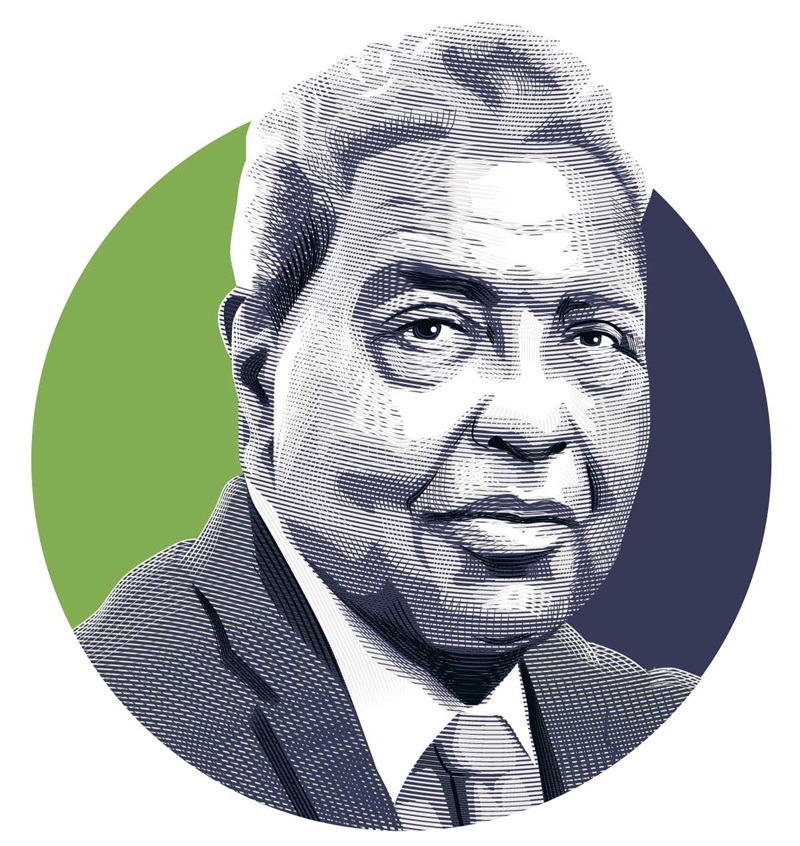
Yet inequality is not in our name. And I think there’s an important reason for that, which is that the ultimate goal the Fed is looking to pursue is to ensure that people have the ability to fully participate in the economy, they are fully utilizing their talents, and they have a range of choices to fulfill what’s best for them in terms of economic participation. But we are not seeking to necessarily equalize outcomes. There are examples of economies that have attempted to equalize outcomes, and they’ve done so in ways that really constrain opportunity or constrain inclusion. These would not be economies that you would point to and describe as particularly enabling opportunity.
Greg Kaplan: I agree that it’s a great decision to not have the word “inequality” in the name of the Institute. I teach classes on the macroeconomics of inequality, and I tell my students, “You tell me whatever message you want to make about inequality, and I’ll find you a statistic that will make it.”
I think the reason that statistics can tell such a range of stories about inequality is that what we really are talking about are distributions. Whenever we work with a large-dimensional object like the U.S. economy, there’s not going to be an easy way to summarize it. Even if we’re talking about just one dimension—income, for instance—you get very different stories about “inequality” across groups and over time if you look at different parts of the distribution.
Sandy Darity: I think it’s useful to make a distinction between inequality and inequity. It is not at all clear that all forms of inequalities are necessarily a product of unfairness. I think that it’s the issue of unfairness that, ultimately, we really are concerned about.
I worked on the analysis “The Association between Wealth Inequality and Socioeconomic Outcomes,” led by Omer Ali, in which we demonstrated that with the exception of political equalities, the degree of wealth inequality didn’t have much to do with well-being measures. What’s critical is the nature of the social floor in a society. Does the society ensure that everyone has the minimum conditions for a decent existence?
I think that part of the issue that Abbie raised involves the distinction between equal opportunity and equal outcomes. And I think there are conditions under which producing equal outcomes is a precondition for producing equal opportunity. That happens when we shift away from thinking about inequality across a general population to inequality between social groups.
Mark Wright: I agree exactly with what Sandy said. I don’t think you can have equality of opportunity in a world in which outcomes are so different that one person’s children will not have the same opportunities as another person’s children in the future. Equality of opportunity is a necessary condition to have fair or equitable outcomes, but generating that equality of opportunity depends on the outcomes themselves. So you can’t completely separate the two.
What are some of the pressing questions at the frontier of the economic opportunity and inclusion research agenda?
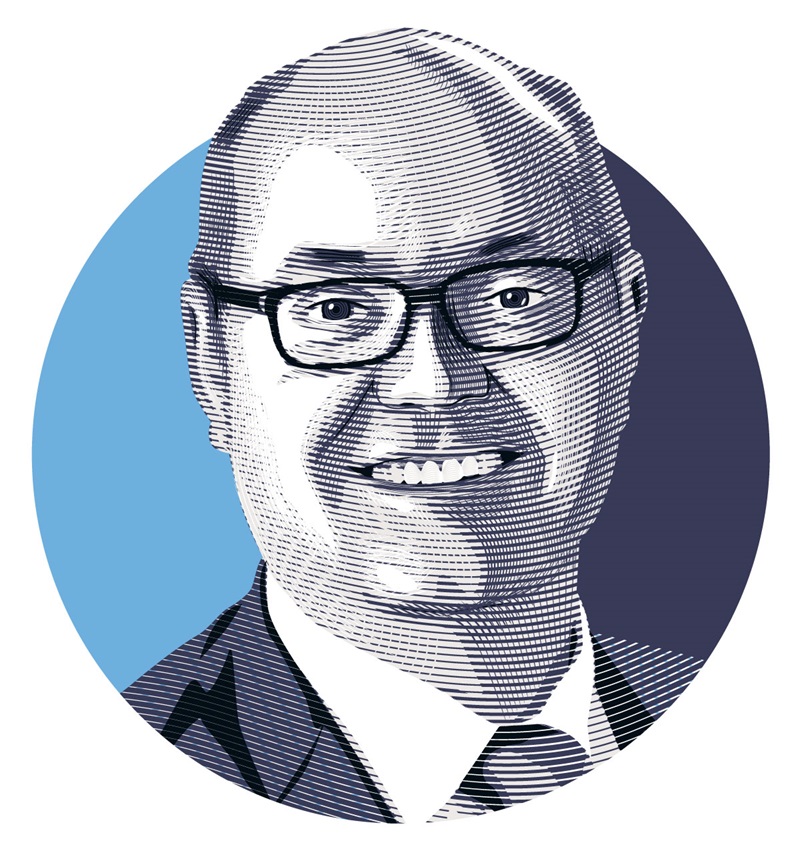
Kaplan: One recent advance is that, for probably the first time, I think we have useful structural models and tools to study the distributional implications of different paths of inflation and disinflation. That’s something that I think is a real practical concern where good progress has been made.
But there are a number of other issues at the frontier of the research agenda that have not yet been successfully incorporated into macroeconomic models. How can we model the building of community and community capital? How do we model culture, its evolution, and its impact on outcomes and opportunities?
And I think there’s a lot more to be done around housing and urban policies. There’s very little research that models the effects of the geographic distribution of economic activity within a country, city, or community on overall growth. For example, what are the longer-term implications of trends in housing disparities?
A final frontier I’ll mention is labor markets. How do we set up the current generation of young people to participate in the labor market in a meaningful and productive way as they grow?
Wozniak: The research that I do comes from a tradition in economics that uses policy changes and other situations that look like experiments and tries to learn from them in a social setting, similar to the type of research in Freakonomics.
What I hope we’ll see in the next five to 10 years is taking what this approach does well, which is using and evaluating real-world policies, and then layering on questions about why policies get set the way they are and what details of those policies matter. In other words, not looking only at “we threw education dollars at this district and not at that district, let’s compare outcomes.” But instead asking, How exactly were those dollars used? What were the kinds of adjustments the other district made?
One development I see in recent research is the understanding that policy operates at the community level. For a long time, this approach focused on individual participants. Now there’s a shift towards recognizing that, for instance, a jobs program rolls out in a community, not just to individual workers that we then add up together. Thinking about community-level outcomes will be an important addition to this kind of analysis.
Darity: I’ve been actively involved in the process of trying to develop a subfield that we refer to as stratification economics. Its focus is to better understand inequality across social groups, whether they’re racial groups, gender groups, ethnic groups, groups that are distinguished by religious affiliation, or groups that are distinguished on the basis of caste. Whatever the way in which we identify these distinct social groups, we need to better understand what the sources are of the disparities that these groups experience, particularly those that are marginalized.
What I think is really unique is the circumstances that have occurred in the past two years or so, particularly in the aftermath of the highly visible murder of George Floyd, when a number of professional organizations, including economics, have engaged in some form of reckoning with their own tradition of research. One of the significant changes that has occurred is, I think, a greater degree of credibility and interest in research on racial inequality. I don’t know if this change in orientation is something that’s going to be permanent in the economics profession, but for somebody who’s been laboring in this area for many years, it’s certainly a refreshing turn.
What is the Fed’s role in the research agenda that has been articulated here? Are there particular advantages of doing this research within the Federal Reserve System? What in particular does the Fed need to know?
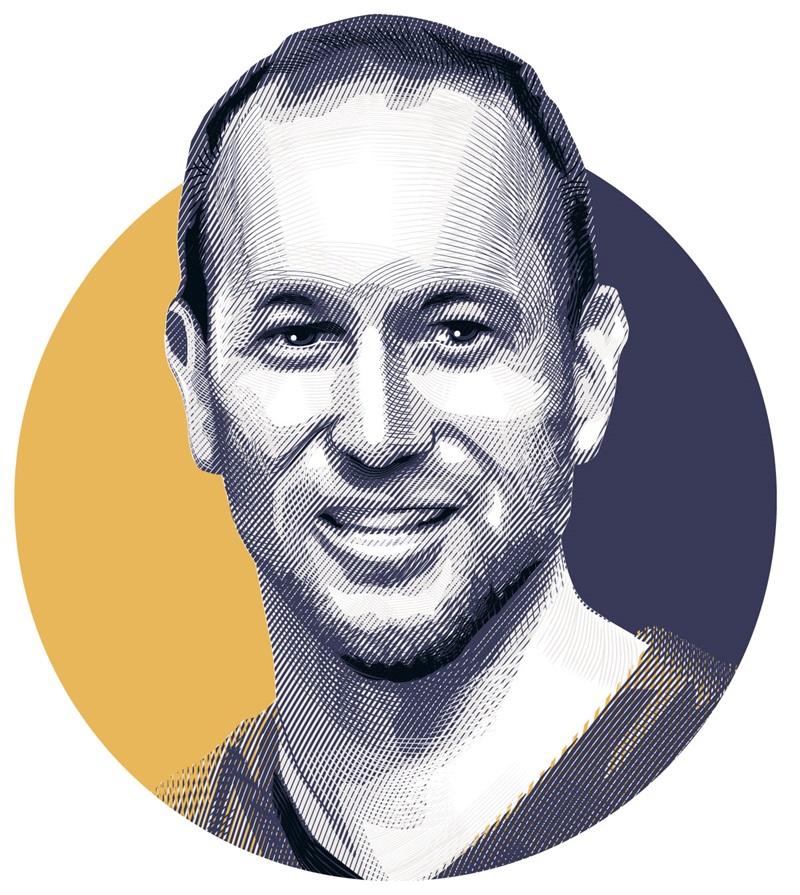
Wright: The Fed is a creation of Congress; we do what Congress tells us to do. One of those tasks is to use monetary policy to pursue stable prices and maximum employment. Maximum employment is an explicit distributional goal. We’re not told to get employment for some and not for others. We’re trying to get maximum employment, and while we can debate how to define it, in some sense it must be related to equality of opportunity to get jobs. So we need to do work on that to understand it.
Congress has also told us to represent our districts, which inevitably gets us into discussions of inequality across regions, inequality within our districts. It also means that we have to represent the views of the people who live in our district at meetings in Washington, and much of the time, the people in our district are talking about distribution, opportunity, and inclusion.
One thing I would love to know more about is the extent to which institutional change is influenced by the Fed. For example, around 2018, 2019, firms changed their hiring practices to waive requirements such as drug tests or credit checks when the labor market got tight. In fact, they started recruiting directly from communities that didn’t have as many opportunities in the past.
I think that was important, because it shows you that the connection between monetary policy and distributional outcomes doesn’t just work through the traditional movements of aggregate demand, but there are spill-on effects to other institutions that affect these outcomes too.
Darity: I would say amen to that. And in the context of some other work that I’ve been engaged on in the past, I see a very strong role for the Fed. A few years ago, a team of us did a series of studies on wealth inequality at the metropolitan level, looking at outcomes of specific national origin communities. So instead of looking exclusively at categories like Blacks or Asians or Hispanics, we attempted to drill down and look at specific communities within those groups—for example, Cubans in Miami, Florida, and Mexican Americans in Los Angeles, etc.
I would love to see the regional Federal Reserve Banks expand those kinds of studies and make them sustainable over time, in multiple cities.
In addition to supporting and pursuing research, the Institute aims to make research findings usable by policymakers both inside and outside the Fed. What does “usable” research look like? What are the challenges in making rigorous research accessible or usable by policymakers?
Wozniak: I think underscoring why it’s hard to communicate well is a useful part of this conversation. There are at least two reasons. Being able to describe the world to people in a way that resonates with them and that they find useful is really important. But when you use rigorous research tools to study the world, those contributions come out at a very slow rate. Especially the last two years, we have had to think about how we communicate in a way that’s more “real time”—yet that also maintains the rigor that we strive for.
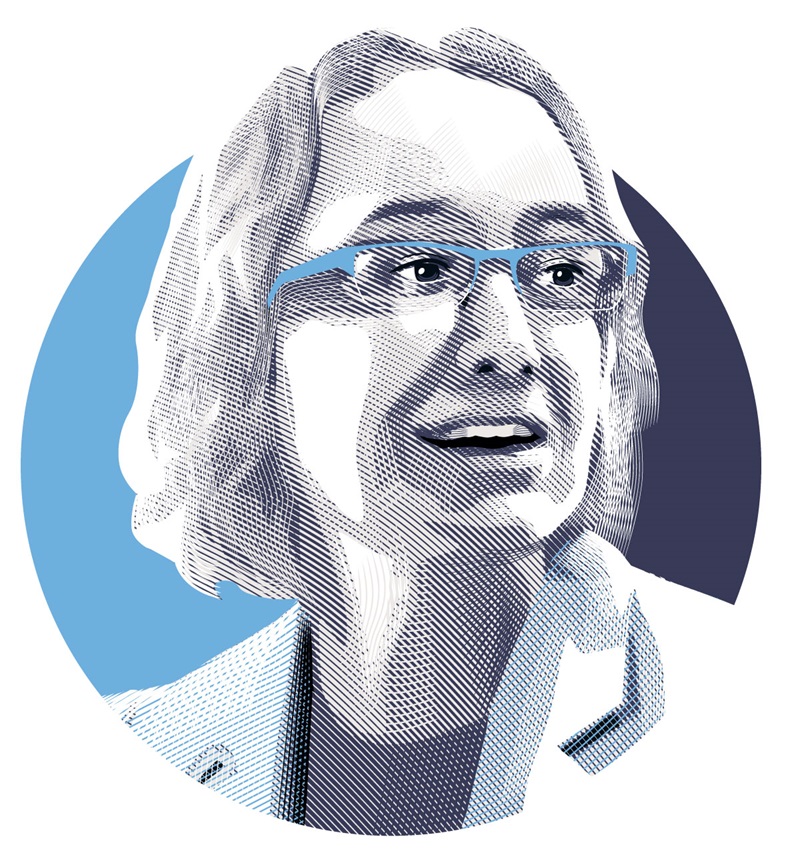
The second reason is, often many researchers have good points that go in different directions, and somehow we have to find the space that’s useful to everybody. I often say that economic advising cannot look like a dog walker trying to walk five dogs. Policymakers need to know not only is this going to help some people, but how many people is it going to help? And is it worth the tradeoff with the other thing that we’re going to have to give up because we chose to do this? You need to know the magnitudes to answer that question, and those are places where there is often a lot of disagreement. We have to find a credible consensus.
Kaplan: I agree completely, Abbie. I think there are some simple, small steps that can be taken. The vast majority of Ph.D. economists, including economists at the Fed, never talk to a policymaker except when they’re giving a briefing to somebody at the Fed. So they have no concept of what the questions are that active policymakers are grappling with. At the same time, policymakers have no sense of what questions are easy for economists to answer, that we know a lot about, and what are questions that are just like, wow, that’s a great question, but to be honest, people will be thinking about that for all of human existence, and sorry, we’re just not going to be able to give an answer on that one.
The other practical step is to collaborate with policymakers on research projects from the conception stage. Policymakers are more likely to pay attention to work when they have a vested interest in that work.
Research often proceeds by answering relatively narrow questions deeply, and this can be criticized as narrow or incremental progress. Of the ideas that you’ve discussed, how much might they move the needle to advance economic opportunity and inclusion? Is there an argument to be made that incremental change has value too? Should researchers and policymakers focus mainly on one or the other?
Wright: I think it’s true that over the course of the history of economics, we’ve gone from talking about the biggest questions of all—Why are some countries rich and others not? Is capitalism the right way to organize society? What role for government is there?—and we’ve increasingly moved to narrower questions we can answer more accurately. But I think there is value in talking about the big questions, too.
But can you identify these things in advance? All research starts with a question. Sometimes it’s a small question. The answer is almost inevitably going to be incremental. Sometimes it’s a big question, and the answer is almost certainly going to be many steps away from practical application. I think you have to do a bit of both.
Darity: I definitely think we should ask ambitious questions. And I think we should recognize that there have been many policies that have been adopted in this country that were far from incremental in character, such as the Homestead Act of 1862, the G.I. Bill in the 20th century—these were not incremental policy changes at all. The New Deal itself was not an incremental policy change.
I think the tools that economists have customarily used have been best suited to trying to evaluate incremental changes. That means we have not been able to really assess the scope of nonincremental policy changes.
Kaplan: I think there is a role for thinking about these big-picture questions. For example, over the past 25 years we’ve learned a lot about fiscal policy, monetary policy, labor market policy, and competition policy through many smaller, incremental projects. What if we now got to design a policy environment or an institutional environment from scratch using this knowledge we have acquired? What would it look like? This “ideal” policy might not be attainable, but I think it’s a useful exercise to explore—what have we learned about the big picture and where nonincremental change might lead us?
Wozniak: There seems to be a potential for policies that seem incremental to actually be relatively transformative. I’ll give a very negative example. Imagine you were sitting in the room when someone suggested implementing redlining. Someone would say, we’re going to lend, but just not to this one neighborhood over here. That might have sounded like an incremental policy to you.
And in fact, it was tremendously destructive and had generational impacts on American cities and on American communities. So I think we need to be cautious about thinking that what we are looking at is an incremental policy, when in fact, potentially the long-run impacts are really large.
Fortunately, there are positive examples too—better access to early nutrition for children as well as to Head Start and Medicaid. Some of these sound incremental, right? But it turns out that, for instance, early childhood nutrition over the course of a couple early years is transformative for those children, and it’s not that expensive or hard to do.
This is a great thing economics does: It looks at longrun impacts. We can use our models in ways that suggest what those impacts might be. I think it can be a helpful role for us to push back on this idea that we have to choose between ripping everything out at the roots or just tinkering at the margins.
This article is featured in the Fall 2022 issue of For All, the magazine of the Opportunity & Inclusive Growth Institute
Lisa Camner McKay is a senior writer with the Opportunity & Inclusive Growth Institute at the Minneapolis Fed. In this role, she creates content for diverse audiences in support of the Institute’s policy and research work.

